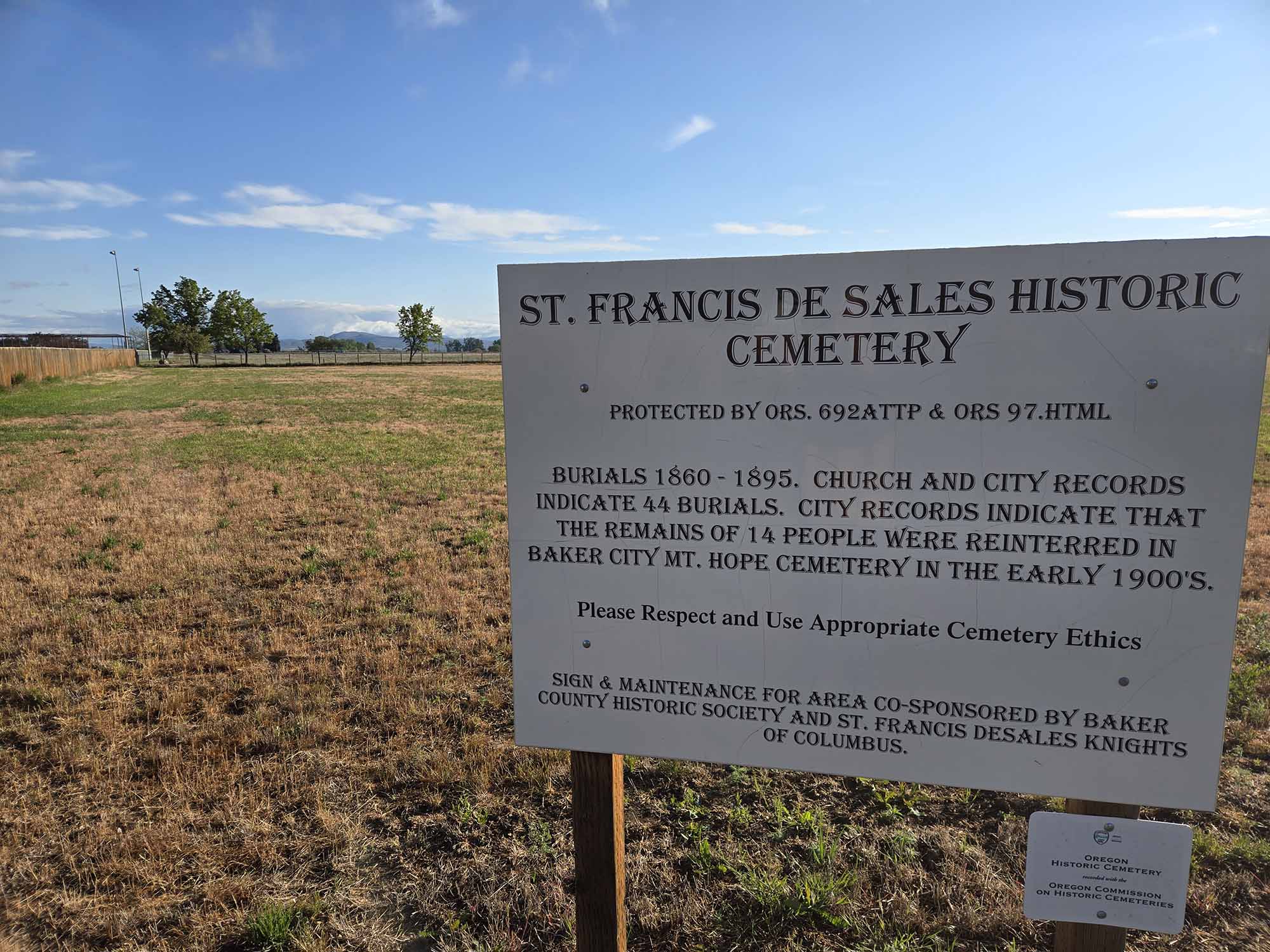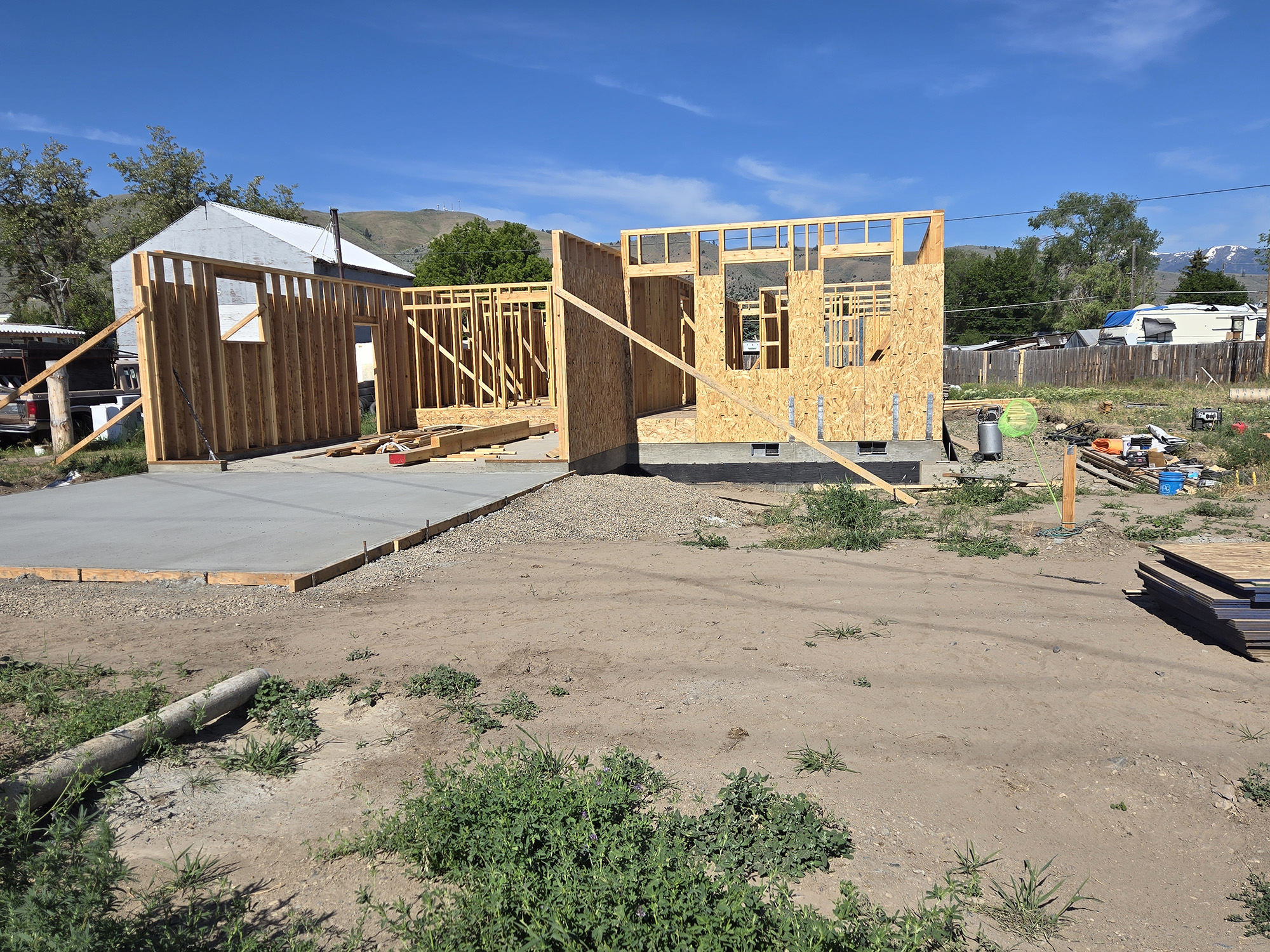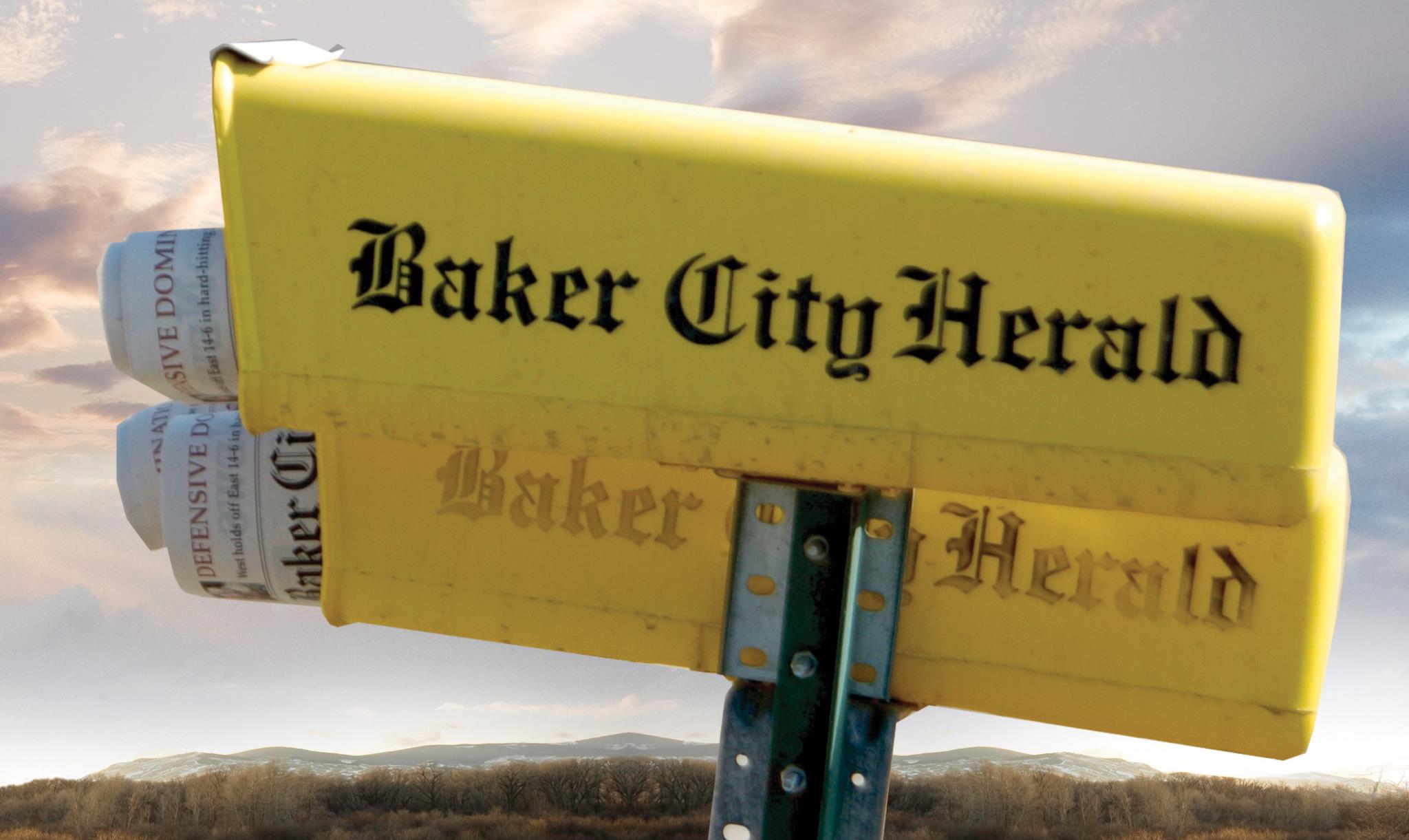Out and About: April’s annual tradition — checking the snow at Eilertson Meadow
Published 3:00 am Saturday, April 27, 2024

- Jacoby
I haven’t ridden a snowmobile in more than 30 years, but every April I count on the machines to make easier my journey into the mountains.
Trending
The snowmobiles haven’t disappointed me.
They haven’t spared me a single step.
But the number of gasping breaths I have avoided due to the vehicles’ lingering effects is considerable indeed.
Trending
And although no asphalt is involved, it is not a great exaggeration to say they pave my way each spring.
My destination is Eilertson Meadow.
It is one of the three grand expanses of alpine grassland in the Elkhorn Mountains west of Baker City.
The two others, by my estimation, are Crawfish Meadow and Dutch Flat, both in the northern part of the range.
Eilertson is in the central Elkhorns.
The meadow is bisected by meandering Rock Creek, one of the major streams that drain the east slopes of the mountains.
For the past eight Aprils, always between the 16th and 22nd day, I have hiked the Rock Creek Road to Eilertson Meadow.
My purpose on each visit was the same — to take photographs of the automated snow-measuring station a couple hundred yards east of the meadow’s fringe.
As with many actions that become traditions — a near-synonym for “habit” but without the negative connotation — I had no intention of making Eilertson a sort of photographic pilgrimage.
I don’t recall at this late date what prompted me to go there on April 22, 2017.
Although it was a Saturday, and I’ve never needed any special motivation to visit the Elkhorns on a Saturday.
I do recall, though, that on that day I brought snowshoes and assumed I would wear them for all or most of the hike.
I was wrong about that.
I strapped them on when I came to the first drift spanning the rudimentary road that climbs the canyon.
My memory of the day is rather murky — an affliction which worsens every year, it seems to me.
But I’m sure I didn’t walk more than a few hundred yards before I realized that the snowshoes were all but superfluous.
And the reason was obvious.
The snowmobile spoor was distinct — the smooth parallel marks left by the skis, flanking the divots dug by the rotating track that keeps the machines from plunging into soft snow.
What surprised me was how thoroughly their passage had compacted the snow.
The melting and freezing cycles that define spring undoubtedly contributed to this effect.
Even in places where no snowmobile has gone, the snow surface, by the middle of April, is much firmer than after, say, a January blizzard of dry powder that has the consistency of corn starch.
(But is less useful in preparing a scrumptious dessert.)
But even consolidated spring snow, left to its own devices, won’t always support a person who isn’t wearing snowshoes.
Yet when I doffed mine on that April day seven years ago, I realized that my boots penetrated the grainy snow that covered the road no more than they would on firm soil.
This was something of a revelation.
I believe that on that hike I lugged my snowshoes — or possibly strapped them to my pack, although I’m an ineffective packer at best — all the way to the meadow.
I feared that at some point the solid surface would soften, and leave me to flounder.
I ought to have been savvier, I suppose — should have known that the snowmobilers, who move so much faster than I do and often cover dozens of miles in a day, would hardly have ended their winter rides just a few miles from where the plows turn around.
I have had similar experiences in the ensuing years. Only a couple times have I bothered with snowshoes, including on April 22, 2023, when my wife, Lisa, and I hiked to Eilertson.
Last year, several inches of snow had fallen a couple days earlier. And because no snowmobiles had passed, the new snow, which was also melting, was deep and soft enough to warrant our wearing snowshoes for part of the way.
As a result, a smidgen of skepticism remains.
On my most recent hike to Eilertson, on Sunday, April 21, I brought snowshoes.
I even carried them for a minute or two, getting a feel for the snow. It was as unyielding beneath my boots as I had come to expect. I shoved the snowshoes into a drift beside the road — it took a hearty plunge to get them in far enough to stand up, like a pair of signposts — in what I hoped was a conspicuous spot.
I didn’t trust that I would remember what I had done when I returned a couple hours later.
(My memory, as I mentioned, is ever eroding, disappearing much as the snow does in spring, except without the prospect of being replenished come fall. Fortunately I remain aware of this mental degradation and so can usually compensate by leaving some sort of reminder, in the manner of Hansel and Gretel.)
Although eight years hardly counts as a significant span for comparison purposes, this year’s trip to Eilertson was to me noteworthy.
It was just the second April — the other was 2018 — when no snow lay within the split-rail fence that surrounds the measuring station.
(A Snotel — a portmanteau of “Snow” and “Telemetry” — consists of a fluid-filled “pillow” and a sensor that calculates the water content of the snow based on the weight of the snow pressing on the pillow. A laser beam that reflects off the snow surface estimates the snow depth. These data are collected hourly and transmitted by radio and thence to the internet — the telemetry part of the invented word.)
There was plenty of snow about, to be sure, but mainly in places protected from sunlight by trees or terrain.
Snotels tend to be built on flat, exposed sites, so as to avoid exaggerations that make their data less useful as an estimation for conditions over a wider area. A station in the lee of a north slope, for instance, would hold snow longer and imply a snowpack more bountiful than it actually is. Building one on a steep south slope, where the snow is less capable of accumulating due to gravity, and quicker to melt due to the more intense sunlight, would have the opposite effect.
Last April, the snow was about 3 feet deep and nearly covered the top rail of the fence.
That was more an outlier, though, than the absence of snow in 2024.
The Natural Resources Conservation Service, a federal agency that among other things keeps track of snowpack and water supplies, installed the Eilertson Snotel in 1980. In the ensuing 44 years the water content in the snow on April 22 exceeded the 2023 figure of 14.9 inches in just three years — 2011 (15.5 inches), 1983 (16.3 inches) and 1982 (16.1 inches).
In nearly half the years — 21 of 44, counting 2024 — there was no snow on April 22.
The absence of snow this year is a bit misleading, though, as a reflection of the regional snowpack.
Eilertson Meadow, at an elevation of 5,510 feet, is relatively low by Snotel standards. Even in the snowiest years, such as 2023, the accumulation there is modest compared with the higher sections of the Elkhorns, Wallowas and other, loftier parts of Northeast Oregon. And the snow melts earlier.
On the day I hiked to Eilertson, the snow at another measuring site near Anthony Lakes, elevation 7,160 feet, was still 38 inches deep.
Overall, the snowpack in the region was about 22% below average on April 23. But the situation was more promising at a few higher-elevation stations, including High Ridge near Tollgate, where the water content was average, and Schneider Meadows in the southern Wallowas, where it was just 2% below average.
The view from Eilertson Meadow, which includes several ridges and peaks that top 8,000 feet, was thoroughly wintry, belying the bare ground on which I stood.
If You Go
From the railroad tracks in Haines:
• Drive west on Anthony Lakes Highway for 1.7 miles to the first major corner. Turn left onto Pocahontas Road, then stay right, after about two-tenths of a mile, on South Rock Creek Lane.
• Follow paved South Rock Creek Lane for about 3.7 miles, then continue into the mountains when the road turns to well-graded gravel.
• Continue on gravel for about 2 miles to a Forest Service sign for Killamacue trailhead and Rock Creek Lake trailhead. The road becomes a dirt track here, suitable for four-wheel drive, high-clearance vehicles. Snowdrifts likely will continue to block the road, at some point below Eilertson Meadow, for at least a few more weeks.
• From the Forest Service sign, the Killamacue Lake trailhead is 2 miles, and Eilertson Meadow 3.5 miles. The Snotel is just east of the meadow, on the south side of the road
• The Rock Creek Road is a public route. However, it passes through private land near the Killamacue Lake trailhead, and at Eilertson Meadow, so stick to the road. Oregon Trail Electric Cooperative owns the property at Eilertson Meadow, including the cabin at the meadow’s eastern edge.
• Hourly updates from the Eilertson Meadow and other Snotels around Oregon are available at nrcs.usda.gov/conservation-basics/conservation-by-state/oregon/oregon-snow-survey/site-information-metadata








